1350 Aluminum Alloy
Temper:H18/H19/O High Conductivity
What is Aluminum Grade 1350?
1350 aluminum alloy is a commercial pure aluminum alloy and belongs to the 1000 series aluminum alloy. Due to its excellent electrical conductivity, it is often referred to as "EC" (electrical conductor) aluminum.
1350 Aluminum is a soft and highly ductile alloy used primarily in electrical applications where high electrical conductivity and low electrical resistance are critical.
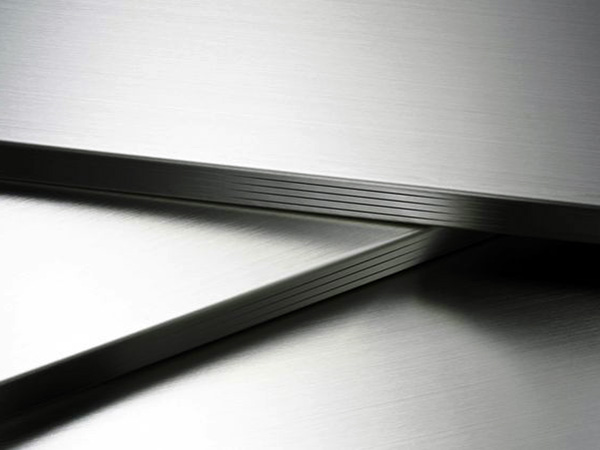
Why Choose 1350 Aluminum Alloy?
1. 1350 aluminum has high electrical conductivity
1350 Aluminum has one of the highest electrical conductivities of all aluminum alloys, making it suitable for use as an electrical conductor. It is often used in power transmission and distribution systems such as overhead power lines and cables.
2. 1350 aluminum has good corrosion resistance
Like most aluminum alloys, 1350 is naturally resistant to corrosion. This property is advantageous in outdoor applications where the conductor may be exposed to the elements.
3. 1350 aluminum has high ductility
Aluminum 1350 is highly ductile and can be easily drawn into the form of wires or cables for power transmission. It can be manufactured in a variety of shapes and sizes for specific electrical applications.
4. 1350 aluminum has good heat resistance
Aluminum 1350 has good thermal properties and can withstand high temperatures without affecting its electrical conductivity.
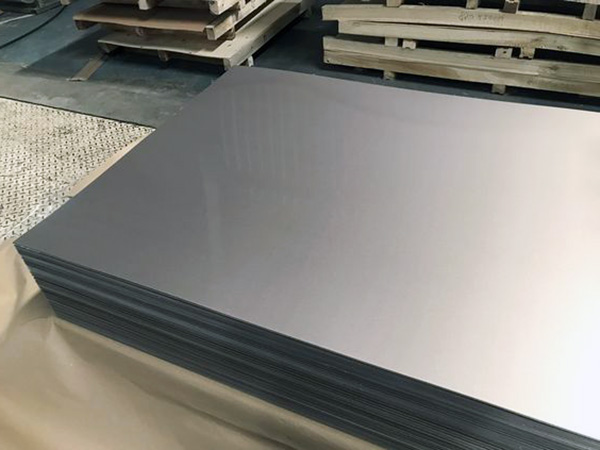
1350 Aluminum Typical Temper
- 1350 O Aluminum
- 1350 H12 Aluminum
- 1350 H14 Aluminum
- 1350 H16 Aluminum
- 1350 H18 Aluminum
- Aluminum 1350 h19
Aluminum alloy 1350 is typically used for annealing or soft tempering. In the annealed state, 1350 aluminum has maximum ductility, making it ideal for drawing, forming and stretching into a variety of shapes, especially electrical conductors and cables.
1350 Aluminum Product Forms
- 1350 aluminum wire
- 1350 aluminum bar
- 1350 aluminum coil
- 1350 Aluminum Rod
- 1350 Aluminum Busbar
- 1350 extruded aluminum
- 1350 Aluminum Tubular Buspipe
1350 Aluminum Wire: Aluminum 1350 is commonly drawn into wire form for use in electrical cables, conductors, and wiring. Its high electrical conductivity makes it ideal for transmitting electricity efficiently.
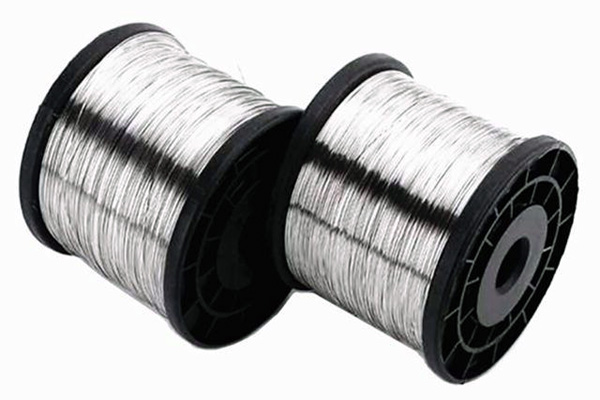
1350 Aluminum Bar: While less common than wire for electrical applications, aluminum 1350 can also be found in bar form, especially in applications where solid bars are required.
1350 Aluminum Coil: Aluminum 1350 is available in coil form for applications that involve winding or coiling electrical conductors. Coils are often used to create coils of wire or cable for power transmission.
1350 Aluminum Rod: Aluminum rods made from 1350 alloy can be used in various electrical applications, where a solid cylindrical shape is needed.
1350 Aluminum Busbar: Busbars are used for distributing electrical power within electrical equipment. Aluminum 1350 is suitable for busbars due to its high electrical conductivity.
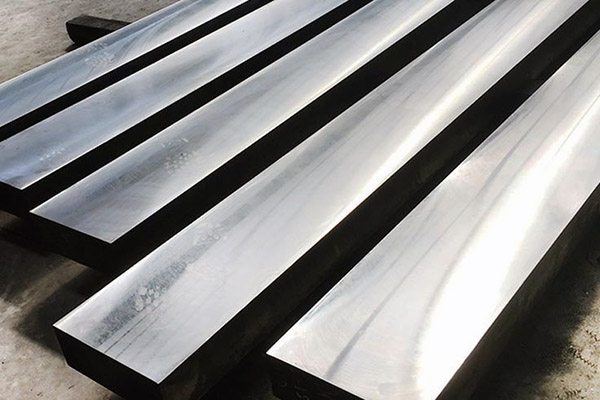
1350 Extruded Aluminum: Extruded aluminum products involve shaping aluminum by forcing it through a die. These can be customized for specific applications in the electrical industry.
1350 Aluminum Tubular Buspipe: Tubular buspipe is used in electrical distribution systems, and 1350 aluminum is a suitable choice for its high electrical conductivity.
In all of these product forms, aluminum 1350 is chosen for its excellent electrical conductivity and resistance to corrosion, making it ideal for applications in the electrical and power transmission industries.
1350 Aluminum Mechanical and Physical Properties
1350 Aluminum Tensile Strength
The typical tensile strength of aluminum 1350 is approximately 55 MPa. It's important to note that the mechanical strength of 1350 aluminum is relatively low compared to many other aluminum alloys.
1350 Aluminum Yield Strength
Aluminum 1350 has a yield strength of approximately 20 MPa. Like the tensile strength, the yield strength is quite low due to the soft and ductile nature of the alloy.
Density of 1350 Aluminum
The density of aluminum 1350 is around 2.70 grams per cubic centimeter (g/cm³). This value is close to the density of pure aluminum, as 1350 is a commercially pure alloy with minimal alloying elements.
Modulus of Elasticity 1350 Aluminum
The modulus of elasticity, or Young's modulus, for aluminum 1350 is approximately 68 GPa. This represents its stiffness and ability to return to its original shape after deformation.
Thermal Conductivity of 1350 Aluminum
Aluminum 1350 has excellent thermal conductivity. The exact value can vary, but it is generally within the range of 200 to 235 W/(m·K). This high thermal conductivity is one of the reasons why it is widely used in electrical conductors, where it can efficiently dissipate heat generated during the transmission of electrical current.
Keep in mind that the mechanical properties of 1350 aluminum, such as tensile and yield strength, are relatively low when compared to many other aluminum alloys. However, it excels in electrical conductivity, which is its primary advantage and the reason it's used in applications where electrical performance is crucial.
1350 Aluminum Chemical Composition
| Element | Typical Percentage |
|---|---|
| Aluminum (Al) | Minimum 99.5% |
| Iron (Fe) | Usually very low |
| Copper (Cu) | Typically very low |
| Other Impurities | Minimal trace amounts |
What is 1350 Aluminum used for?
Although 1350 aluminum has excellent electrical conductivity, its mechanical properties are not particularly strong. It is softer and less strong than many other aluminum alloys, which is generally not a problem in its intended application.
1350 aluminum alloy is a specialized aluminum grade used primarily in the electrical industry due to its excellent electrical conductivity. In this case, its low mechanical strength is not a disadvantage, since its purpose is to transmit electricity efficiently with minimal resistance.
Cables and Wires: It is commonly used in the manufacture of cables, wires and conductors, especially for power transmission and distribution. It is used on overhead power lines, transformers and other electrical equipment.
1350 Aluminum Wire Rod for Electrical Applications
Aluminum 1350 is widely used in electrical applications, and wire rods made from this alloy are used in the construction of electrical cables, conductors, and wiring due to its exceptional electrical conductivity.
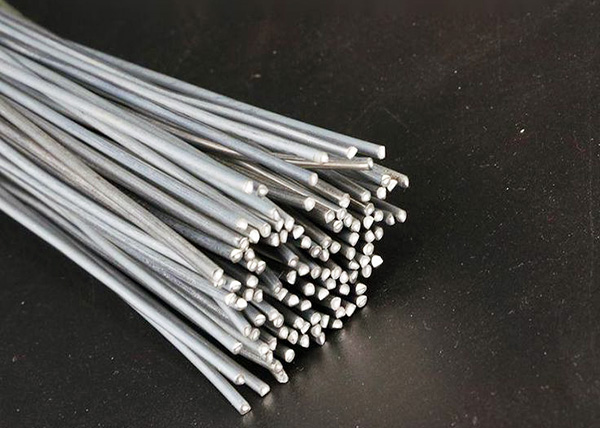
1350 Aluminum Driveshaft
Aluminum driveshafts, if made from 1350 alloy, would likely benefit from its lightweight properties but may not be as strong as steel driveshafts.
1350 Electrical Aluminum Busbar
Busbars are used to distribute electrical power within electrical equipment. Using 1350 aluminum for busbars is suitable due to its high electrical conductivity, making it efficient for power distribution.
1350 H111 H112 Conductive Aluminum Tubular Buspipe
Tubular buspipes are often employed in electrical distribution systems. The "H111" and "H112" designations suggest specific heat treatment conditions. Aluminum alloy 1350, in these heat-treated conditions, can be suitable for use as conductive buspipes, particularly in electrical power transmission and distribution.
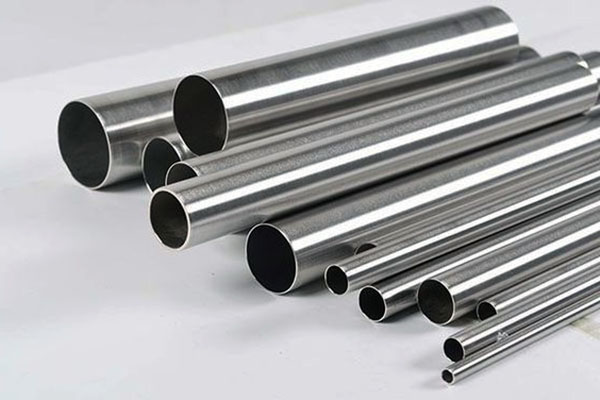
In all of these applications, the selection of aluminum alloy 1350 is primarily driven by its outstanding electrical conductivity, which is essential in electrical and power transmission applications to minimize electrical resistance and power loss. However, the specific product and its suitability for a particular application will depend on various factors, including the design requirements and operating conditions. Additionally, it's important to ensure that the product meets safety and regulatory standards for the intended application.
What is the difference between Aluminum 1050 and 1350?
1. Composition
| Element | Aluminum 1050 | Aluminum 1350 |
|---|---|---|
| Aluminum (Al) | Minimum 99.5% | Minimum 99.5% |
| Iron (Fe) | < 0.25% | Usually very low |
| Other Impurities | Trace amounts | Typically very low |
| Alloy Series | 1000 | 1000 |
2. Electrical Conductivity
| Electrical Conductivity (IACS)* |
|---|
| Aluminum 1050: 61% |
| Aluminum 1350: 61.5% - 61.8% |
IACS (International Annealed Copper Standard) is a measure of electrical conductivity where pure copper has a value of 100%.
3. Typical Applications
- Aluminum 1050: It is used in various applications where high electrical conductivity is required but where the absolute highest conductivity of 1350 is not necessary. These applications can include some electrical wiring and busbars.
- Aluminum 1350: 1350 is specifically chosen for applications where the highest electrical conductivity is a primary concern. It is commonly used in the production of electrical conductors, overhead power lines, and electrical cables.
| Application | Aluminum 1050 | Aluminum 1350 |
|---|---|---|
| Electrical wiring | Yes | Yes |
| Busbars | Yes | Yes |
| Overhead power lines | Less common | Common |
| Electrical conductors and cables | Yes | Preferred choice for high conductivity |
What is the difference between 1100 and 1350 Aluminum?
1. Composition
| Element | Aluminum 1100 | Aluminum 1350 |
|---|---|---|
| Aluminum (Al) | Minimum 99.0% | Minimum 99.5% |
| Copper (Cu) | 0.05% - 0.20% | Usually very low |
| Other Impurities | Trace amounts | Typically very low |
| Alloy Series | 1000 | 1000 |
2. Electrical Conductivity
| Electrical Conductivity (IACS)* |
|---|
| Aluminum 1100: 62% - 64% |
| Aluminum 1350: 61.5% - 61.8% |
IACS (International Annealed Copper Standard) is a measure of electrical conductivity where pure copper has a value of 100%.
3. Mechanical Properties
| Mechanical Property | Aluminum 1100 | Aluminum 1350 |
|---|---|---|
| Tensile Strength (MPa) | 95 - 125 | 55 - 125 |
| Yield Strength (MPa) | 35 - 75 | 20 - 70 |
| Elongation (%) | 5 - 30 | 10 - 30 |
4. Typical Applications
- Aluminum 1100: It is used in various applications, including general sheet metal work, light fabrication, and chemical equipment. While it is a good conductor of electricity, it is not the first choice for applications that require the highest electrical conductivity.
- Aluminum 1350: 1350 is specifically chosen for applications where the highest electrical conductivity is required. It is a preferred choice for electrical conductors, overhead power lines, electrical cables, and other electrical transmission components.
| Application | Aluminum 1100 | Aluminum 1350 |
|---|---|---|
| General sheet metal work | Yes | Less common |
| Light fabrication | Yes | Less common |
| Chemical equipment | Yes | Less common |
| Electrical conductors and cables | Less common | Preferred choice for high conductivity |
| Overhead power lines | Less common | Common |
1100 and 1350 are both high-purity aluminum alloys, but 1350 is purer and more conductive. The choice between them depends on the specific requirements of the application, especially whether the highest electrical conductivity is required. Additionally, the slightly better mechanical properties of 1100 may make it more popular in certain applications where mechanical strength is a concern.
People also searched for Aluminum Plate
-
1100 Aluminum Plate Sheet
Compared with 1100 aluminum and 1050A, other process properties of type 1100 are basically similar. Typically, Type 1100 aluminum is used in applications that require good formability, high corrosion resistance, but not high strength.
-
1070 Aluminum Plate Sheet
1070 aluminum plate has the characteristics of high plasticity, corrosion resistance, good electrical conductivity and thermal conductivity, but its strength is low.
-
1060 Aluminum Plate Sheet
Haomei Aluminum strictly controls the quality of the 1060 Aluminum Plate Sheet. Has rich expertise and experience in the production of aluminum plates.
-
1050 Aluminum Plate Sheet
Haomei Aluminum has a sound quality control process to ensure consistent and reliable quality of 1050 aluminum sheets. This includes rigorous inspection and testing procedures at all stages of production to meet or exceed industry standards.

